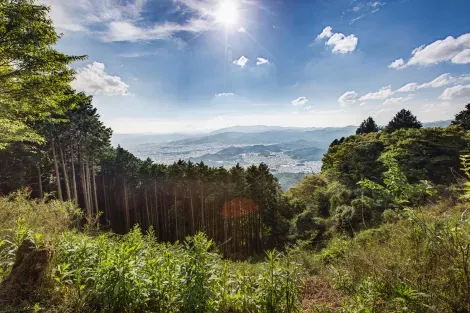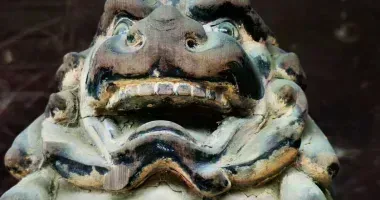Sohei, the monk-soldiers 僧兵






Monks mastering the art of war
Japan has experienced, through its history and the various wars, a particular phenomenon: the large companies of monk-soldiers, or Sohei. Although attached to a monastery where they carried out their religious duties, these monks mastered the art of war and had a great influence in many Japanese battles.
A phenomenon born of rivalries
The first monk-soldiers appeared in the 10th century in Japan, especially during rivalries between the two branches of the Tendai sect of Buddhism. Both located in the city of Otsu, at the level of Mount Hiei, they were the teachings of the Enryaku-ji and Mii-dera temples.
Subsequently, the Todai-ji and the Kofuku-ji of the city of Nara also constituted groups of Sohei to support their grievances. The phenomenon grew and in the 11th century, more and more troops took part in increasingly violent conflicts.
These were then often motivated by the appointment of a rival to head a neighboring temple. This violence reached a peak in the middle of the 12th century with the burning of Mii-dera by monks from Enryaku-ji.
The irruption in political conflicts
The Genpei War (1180 - 1185) between the Minamoto and Taira clans was an opportunity for the Sohei to emerge from their internal wars and influence the destinies of the country. The two clans sought to reconcile the powerful troops of monk-soldiers, who could have a significant impact on the battlefield, in particular using their naginata, a kind of Japanese halberd of almost 2 meters.
Indeed, many sôhei were accomplished warriors, mastering the fight with the sword, on horseback, and above all wielding the bow to perfection.
It was also during this time that some soldier monks stood out even among the samurai. So it was with Monk Benkei, companion of the great samurai Minamoto no Yoshitsune, who entered into Japanese legend for his many warrior prowess.
- Read also: The great monks in the history of Japan
The Ikkô-ikki, from power to control
The following centuries were a period of calm for the activity of the Sohei, until the Sengoku period (1477 - 1573), a century of anarchy that favored the birth of the new independent power of the samurai.
This era saw the birth of "ikko-ikki" (literally "a direction, a category"), groups of warriors made up of Men from the peasantry and nobility, Buddhist monks, and Shinto priests, animated by an ardent faith and egalitarian demands.
At the height of their power, they were able to resist the future Great Unifiers of Japan, Oda Nobunaga and Ieyasu Tokugawa on their lands (the provinces forming present-day Aichi Prefecture). This preponderance was fought and then destroyed by these two great leaders, with the phenomenon of the Sohei ending at the same time as the birth of the Tokugawa shogunate.
- Read also: The reunification of Japan











